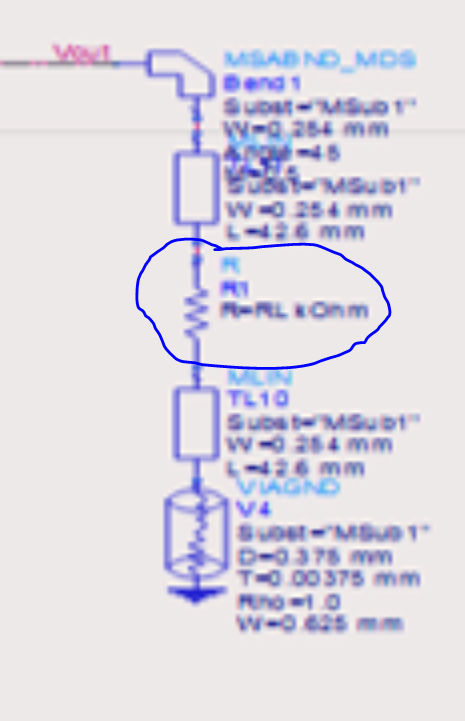Other Parts Discussed in Thread: TPS62120,
Hello , I am a French engineering student and for a project I am looking for the input impedance of the component TPS6212.
The idea is to represent the buck converter as a resistance for an ADS simulation.In order to do that I need the input impedance of the component.
I already submit a inqury, as a reply the technical support indicates me an equation to find an input impedance of a Buck Converter at the bottom of page 3 of the following document : https://www.ti.com/lit/an/snva801/snva801.pdf?#page=3
Now I will see on LTSPICE or ADS if I can extract the input impedance of the circuit in Fig. 1 or 2. I would need to know what/how to define D in Matlab or ADS/LTSPICE ?
Thanks in advance for your consideration,
Best,
Tom HENRY


